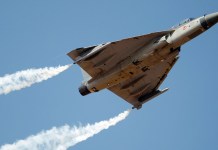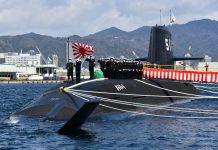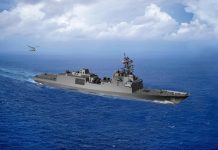At a time when the global aviation industry is coping with the pandemic-induced losses, US aerospace firms Lockheed Martin and Boom are in a race to develop second-generation supersonic commercial planes.
The move comes nearly two decades after the shutting down of the Concorde supersonic airliner.
Supersonic Planes
A supersonic flight can be defined as an aircraft flying faster than the speed of sound. International conventions have existed to prevent supersonic commercial flights as the “sonic boom” produced as a result of the aircraft breaking the sound barrier could be loud and startling, and may even cause minor damage to structures like houses and buildings.
Such conventions mandate that supersonic aircraft are required to lower their speeds until they fly over water bodies. Fuel consumption is another major factor affecting the feasibility of supersonic flight. The reason for this is that cruising at higher speeds requires more fuel, which affects the economic viability of such operations.
Lockheed’s X-95 QueSST
US aerospace giant Lockheed Martin unveiled a prototype of its X-59 QueSST supersonic aircraft. It has made major strides in the project’s development since it received the contract from the National Aeronautics and Space Administration (NASA) in 2016.
QueSST is an abbreviation for Quiet SuperSonic Technology. A novel project which aims to develop technologies attempting to reduce the noise profile of supersonic aircraft. Lockheed claims that the X-59’s shape would significantly lower the decibel level of a sonic boom reaching the ground and will be minimal if heard at all.

US space agency NASA sanctioned $247.5 million to the company in 2016 to pre-design the aircraft by 2020 and deliver it by 2021. However, the scourge of the COVID-19 pandemic had delayed flight testing.
The demonstrator is a single-engine aircraft, with an overall length of 28.7 meters along with a 9-meter wingspan. Noise reduction remains a key focus and as a result, the aircraft’s elongated nose is likely to lower decibel levels down even further.
NASA was supplied with F414-GE-100 turbofan engines designed for installation on the X-59 QueSST by GE aviation last year. The aircraft is expected to be compliant with International Civil Aviation Organisation (ICAO) standards by 2025.
Boom Joins The Race
United Airlines, an American civil aviation giant, announced its intention to procure 15 supersonic passenger planes earlier this year and has cited its interest in bringing supersonic flights back to the aviation industry by the end of this decade in 2029.
This is a part of a revival in supersonic aircraft since the shutting down of Concorde, a British Airlines and Air France joint venture, in 2003.
The new Overture aircraft to be procured by United Airlines is being developed by Boom, a Denver-based aviation firm. United has the option to procure 35 more Overture aircraft under this deal.
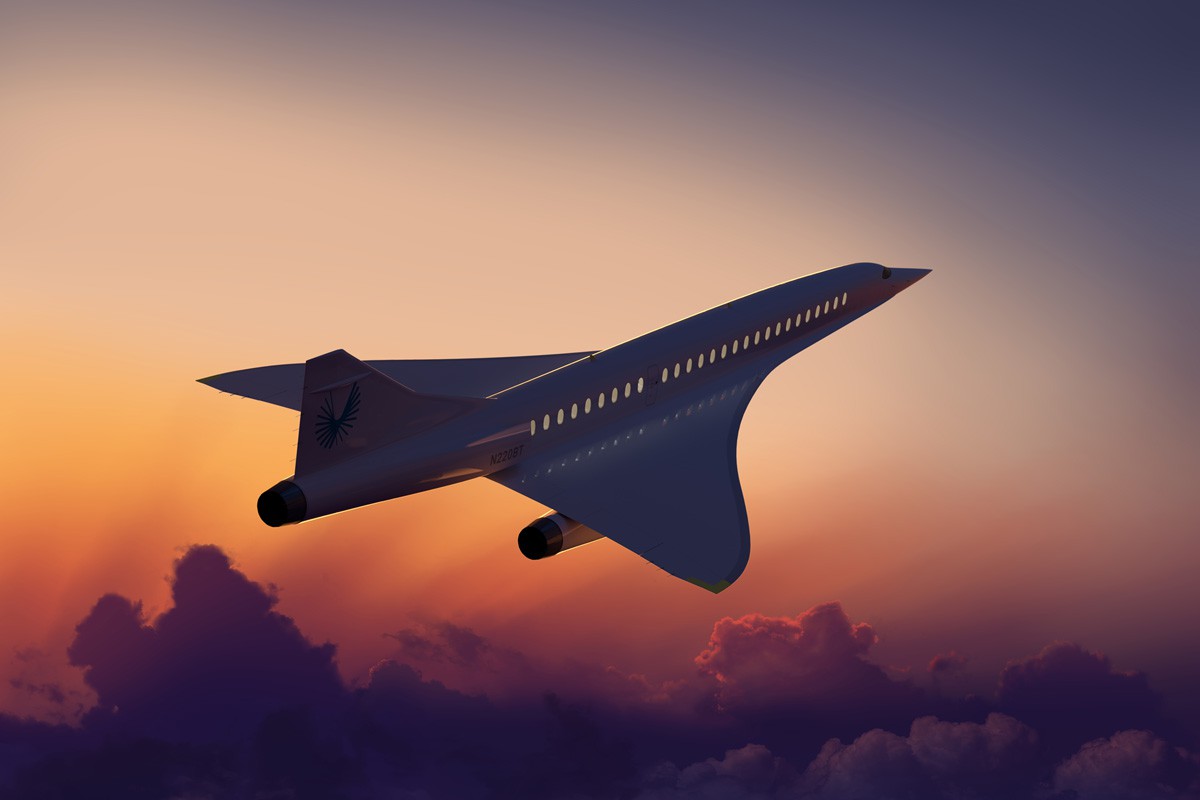
The Overture platform is expected to cruise at Mach 1.7 speeds significantly shaving off of flight time. Interestingly, the Concorde which was first pressed into service in 1976 was even faster than the Overture as it could cruise at Mach 2.04.
Boom is confident in its ability to mitigate “sonic boom” concerns and has highlighted that aircraft technology has made leaps since the Concorde’s retirement. The Overture will reportedly fly as a net-zero carbon aircraft to mitigate fuel costs.
The company believes supersonic flights to be profitable and can be rolled out by 2025 and will likely start ferrying passengers by 2029. The company also intends to sell tickets at regular business class prices in the future.
There have been several designs following the Concordes’ retirement, colloquially referred to as second-generation supersonic aircraft. However, as of now the Boom and the X-95 seem to be the prime contenders in this race.
The Concorde
The Concorde was an Anglo-French supersonic passenger aircraft with a turbojet engine that first entered into service in 1973. Air France and British Airways were the only two airliners that operated the Concorde commercially.

With a maximum speed at double the speed of sound (2,180 km/h), the plane flew over destinations including London, Paris, New York, Virginia, and Barbados at regular intervals in half the time.
After almost three decades of service, the Concorde aircraft was retired in 2003 in the aftermath of the crash of Air France Flight 4590 in 2000 that killed all 100 passengers and nine crew members on board. The British and French also cited rising maintenance costs and plunging demand as key concerns.
Are They Sustainable?
Industry minds are looking at solutions to mitigate fuel costs. Sustainable Aviation Fuel (SAF) is a concept that has been on the radar for a while.
SAF may be sourced from a variety of options ranging from animal fat to high-energy crops grown specifically for this purpose. However, as of now the capacity to mass-produce such biofuels is not a reality.
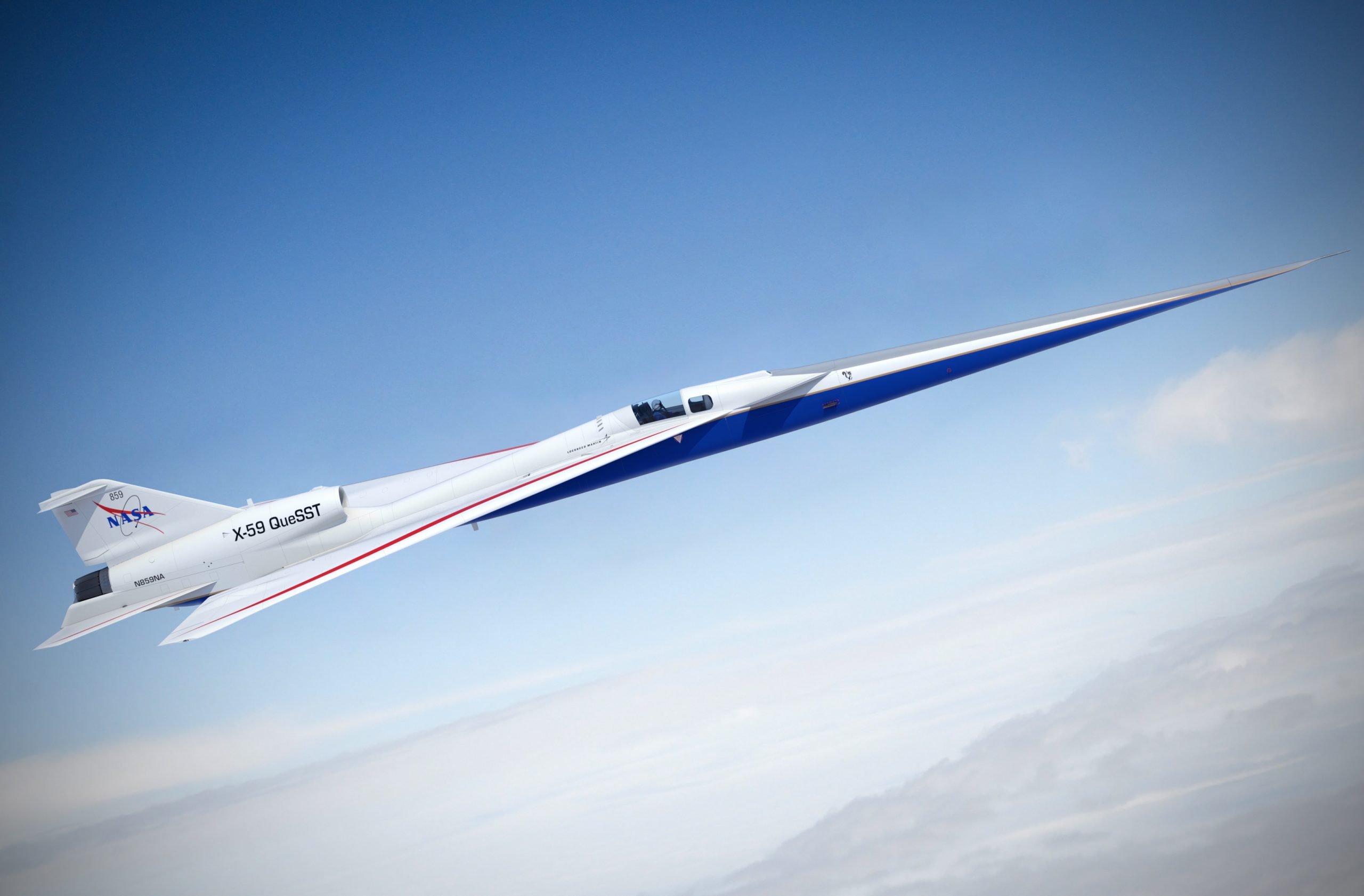
The advent in power-to-liquid processes through which renewable energy such as wind power can be harnessed to produce liquid fuel may prove to be an innovation in this domain.
While billions of dollars have been poured in by the aviation industry to develop second-generation supersonic flight, the need for further up-scaling has been felt.
Is There A Real Demand?
Wealthier clients have sought private charter planes in the past and there has been the longstanding demand for shorter flight durations along with the option to catch flights from airports of choice on demand.
The potential time saved by forgoing lengthy security checks and baggage claims may lead this mode of flying to be a lucrative option for those who do not mind spending extra to save time.
However, only time will tell if these private players get a return on their investment, at a time when the civil aviation industry has been hit hard by the pandemic.
- Aritra Banerjee is a defense journalist who has worked in both online and print media. He has laid an emphasis on issues related to military human resources, tactical psychology, military-media relations, professional military education, and combat fitness. He can be reached on email: aritrareporter@gmail.com.
- Follow EurAsian Times on Google News

